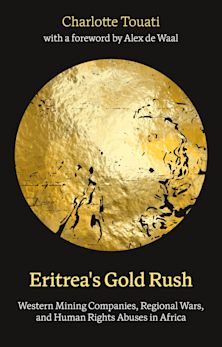Urban Inequality
Theory, Evidence and Method in Johannesburg
Urban Inequality
Theory, Evidence and Method in Johannesburg
This product is usually dispatched within 10-14 days
- Delivery and returns info
-
Free UK delivery on orders £30 or over
Description
Based on new evidence that challenges existing theories of urban inequality, Crankshaw argues that the changing pattern of earnings and occupational inequality in Johannesburg is better described by the professionalism of employment alongside high-levels of chronic unemployment.
Central to this examination is that the social polarisation hypothesis, which is accepted by many, is simply wrong in the case of Johannesburg. Ultimately, Crankshaw posits that the post-Fordist, post-apartheid period is characterised by a completely new division of labour that has caused new forms of racial inequality. That racial inequality in the post-apartheid period is not the result of the persistence of apartheid-era causes, but is the result of new causes that have interacted with the historical effects of apartheid to produce new patterns of racial inequality.
Table of Contents
List of Figures
List of Tables
Introduction:
1.Theories of Urban Inequality
Part One: De-Industrialisation and the Labour Market
2.The Changing Occupational Structure: Social Polarisation or Professionalisation?
3.Professionalisation, Unemployment and Racial Inequality
Part Two: From a Fordist to a Post-Fordist Spatial Order
4.Johannesburg's Fordist Spatial Order
5.The Edge City of Sandton
6.From Racial Ghetto to Excluded Ghetto: Soweto, Eldorado Park and Lenasia
7.Racial Residential Desegregation in White Neighbourhoods
Conclusion
8.Urban Inequality
References
Product details
| Published | 24 Aug 2023 |
|---|---|
| Format | Paperback |
| Edition | 1st |
| Extent | 232 |
| ISBN | 9781786998958 |
| Imprint | Zed Books |
| Dimensions | 234 x 156 mm |
| Series | Politics and Society in Urban Africa |
| Publisher | Bloomsbury Publishing |
Reviews

ONLINE RESOURCES
Bloomsbury Collections
This book is available on Bloomsbury Collections where your library has access.


































